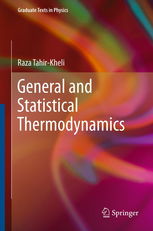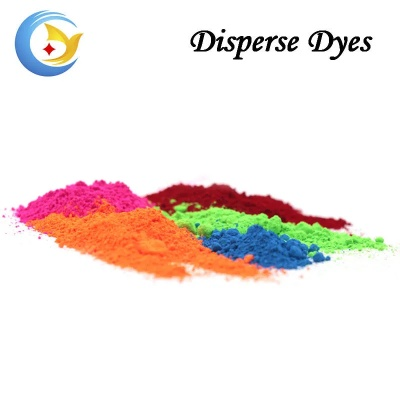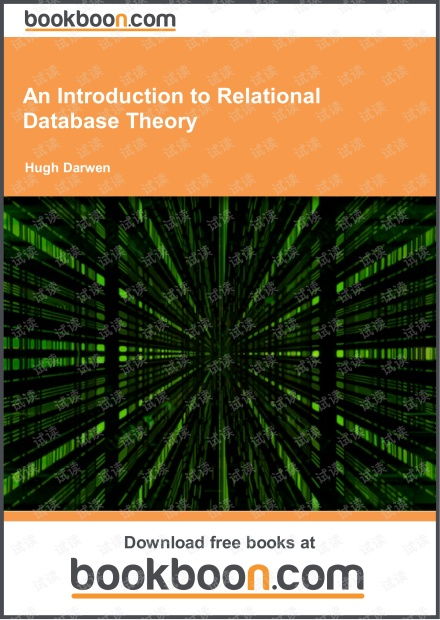Navigating the World of Textile Goods Customs Clearance and Tax Refunds
This article aims to provide a comprehensive overview of the process of customs clearance and tax refunds for textile goods. The first section will delve into the intricacies of importing textile products, including the various types of textiles that can be imported, as well as the legal requirements and documentation needed to facilitate their entry into the country. The second section will focus on the intricate process of customs clearance, detailing the various steps involved in ensuring that the textiles meet the necessary standards and regulations before they are cleared through customs. The third section will explore the complexities of tax refunds, highlighting the different types of taxes that may apply to textile goods and explaining how these taxes are calculated and refunded. Finally, the fourth section will discuss common challenges faced by importers and exporters when dealing with customs clearance and tax refunds, providing practical tips and advice on how to navigate these complex processes successfully.
Introduction: As global trade continues to expand, textile goods play a crucial role in international economies. Whether it's for fashion, home furnishings, or industrial use, textiles are an essential part of the world's fabric. However, with import regulations and tax policies varying across borders, understanding how to successfully clear customs and claim tax refunds can be daunting. In this guide, we will explore the intricacies of textile clearance and taxation, offering practical tips and insights from industry professionals.

Customs Clearance Process: Customs clearance is the first step in ensuring that textile goods enter a country without legal issues. The process varies by country and involves several stages:
-
Pre-clearance Documentation: Before entering the country, textile goods must be properly documented through customs declarations and other relevant documents. This includes invoices, packing lists, and any other necessary paperwork.
-
Import Declaration: Upon arrival at the port of entry, the goods are declared to customs officials. This involves filling out an import declaration form and providing proof of purchase, such as a sales invoice or contract.
-
Customs Inspection: Customs officers will inspect the goods for compliance with import regulations, including quality, quantity, and any prohibited items. If there are any issues, the goods may be subject to additional inspections or delays.
-
Customs Clearance: Once all documentation is verified and the goods pass inspection, customs clearance is granted. This means that the goods can be released for further processing or delivery.
-
Final Inspection: After customs clearance, the goods are typically inspected again by customs officials for final clearance. This is to ensure that the goods meet all export regulations and standards.
Tax Refunds: Once the goods have passed customs clearance, they can be claimed for tax refunds based on various factors, including the country of origin, value of the goods, and applicable tax rates. Here are some key points to consider when claiming tax refunds:
-
Tariff Rates: Different countries have different tariff rates for textile goods. It's important to research the applicable tariff rates before entering the market to ensure compliance and potential tax savings.
-
Value Added Tax (VAT): VAT is a common tax rate in many countries. To claim a tax refund, the value of the goods should be less than the VAT rate applied during customs clearance. For example, if the VAT rate is 10%, and the value of the goods is $100, the tax refund amount would be $90 (100 - 10).
-
Excise Taxes: Some countries impose excise taxes on certain textile products, such as tobacco or alcohol. These taxes can significantly impact the overall cost of the goods and need to be considered when calculating tax refunds.

-
Country-Specific Regulations: Each country has its own set of regulations and requirements for textile goods imports and tax claims. It's essential to familiarize yourself with these regulations to avoid any surprises during customs clearance and tax refund processes.
Case Study: Let's take a look at a real-life scenario involving a textile company importing goods into the United States. Suppose the company imports a batch of high-quality cotton fabric worth $100,000. The fabric was purchased from a reputable supplier in China and meets all U.S. import regulations.
-
Pre-clearance Documentation: The company submits the necessary documents, including the purchase order, invoices, and packing lists, to customs officials.
-
Import Declaration: Upon arrival at the port of entry, the goods are declared to customs officials, who verify the documents and inspect the goods for compliance.
-
Customs Inspection: Customs officers check the goods for any quality issues or violations of import regulations. If everything is in order, customs clearance is granted.
-
Customs Clearance: Once cleared, the goods are ready for further processing or delivery to the end customer.
-
Final Inspection: Finally, the goods are inspected again by customs officials to ensure they meet all export regulations and standards.
-
Tax Refund: Based on the tariff rates and applicable tax regulations, the company calculates the tax refund amount. Since the value of the goods is less than the VAT rate of 10%, the tax refund amount is $90 (100 - 10).
Conclusion: Navigating the complex world of textile goods customs clearance and tax refunds requires careful attention to detail and knowledge of local regulations. By following the steps outlined above and consulting with industry professionals, textile companies can minimize risks and maximize their chances of successful customs clearance and tax refund claims. Remember, staying informed and proactive can make all the difference in achieving your business objectives while adhering to international trade laws and regulations.

纺织品清关退税概述
大家好,今天我们来聊聊纺织品在清关退税过程中需要注意的事项,清关退税是指出口货物在经过海关手续后,根据相关政策规定,享受出口退税待遇的一种税收优惠,对于纺织品出口企业来说,了解清关退税流程和注意事项至关重要。
纺织品清关退税流程
- 准备相关文件:出口企业需要准备相关的出口货物单据,如合同、发票、装箱单等,还需要提供相关的进出口许可证、产地证明等文件。
- 选择合适的清关方式:根据出口货物的性质和目的地,选择合适的清关方式,常见的清关方式包括海运、空运、陆运等。
- 申报并缴纳税款:在清关过程中,出口企业需要向海关申报并缴纳相应的税款,具体税款计算和缴纳方式根据海关规定而定。
- 申请退税:在完成清关手续后,出口企业可以向海关申请退税,退税申请需要提供相关的退税资料,如出口货物单据、退税申请表等。
- 审核和办理:海关会对退税申请进行审核,符合条件的将会办理退税手续。
纺织品清关退税案例说明
以一个具体的纺织品清关退税案例为例,说明纺织品在清关退税过程中的注意事项。
某纺织品出口企业出口一批服装,合同约定采用海运方式运输,在清关过程中,出口企业需要准备相关的出口货物单据和进口许可证等文件,经过申报和缴纳税款后,出口企业向海关申请退税,海关审核通过后,出口企业可以享受出口退税待遇,减轻了企业的税务负担。
纺织品清关退税注意事项
- 提前准备相关文件:出口企业在清关前需要提前准备好相关的出口货物单据和文件,确保清关过程的顺利进行。
- 选择合适的清关方式:根据出口货物的性质和目的地,选择合适的清关方式,还需要了解相关政策和规定,确保符合退税条件。
- 仔细核对资料:在申报和缴纳税款过程中,出口企业需要仔细核对相关资料,确保信息的准确性和完整性。
- 注意税务合规性:在享受退税待遇时,出口企业需要注意税务合规性,确保符合退税条件并按照相关规定进行操作。
- 及时咨询专业人士:对于纺织品清关退税过程中遇到的问题,出口企业可以及时咨询专业人士,确保流程顺利。
纺织品清关退税是出口企业的重要环节,对于企业的税务负担和经营发展具有重要意义,出口企业在清关退税过程中需要提前准备相关文件和资料,选择合适的清关方式,仔细核对相关资料,注意税务合规性,还需要了解相关政策和规定,确保符合退税条件并享受相应的税收优惠。
Articles related to the knowledge points of this article:



